Zoltán Neville is not just an architect but an architect who is doing sensitive architecture and whose personal and professional story is pretty international: his grandparents emigrated in 1956, he attended his schools in the USA and Europe but he also designed a public art center in Shanghai. Now he is still working on exciting projects, not just architectural ones, here in Budapest.
You were born in Los Angeles but as far as I know you have Hungarian ancestry. Can you please tell us a little about your family background?
I was born and raised in Los Angeles but have dual citizenship, American and Hungarian—my grandparents left Hungary in 1956, receiving refugee status in the USA where they stayed briefly before embarking on careers around the world, particularly in developing countries in the Middle East and South Asia.
My relationship with this ancestry is growing over time. When I was a child, the connection came mostly through family and stories, however, as a young adult in my university years, I began to travel much more and spend time in the country alone and for longer periods of time. I began to create my own relationships.
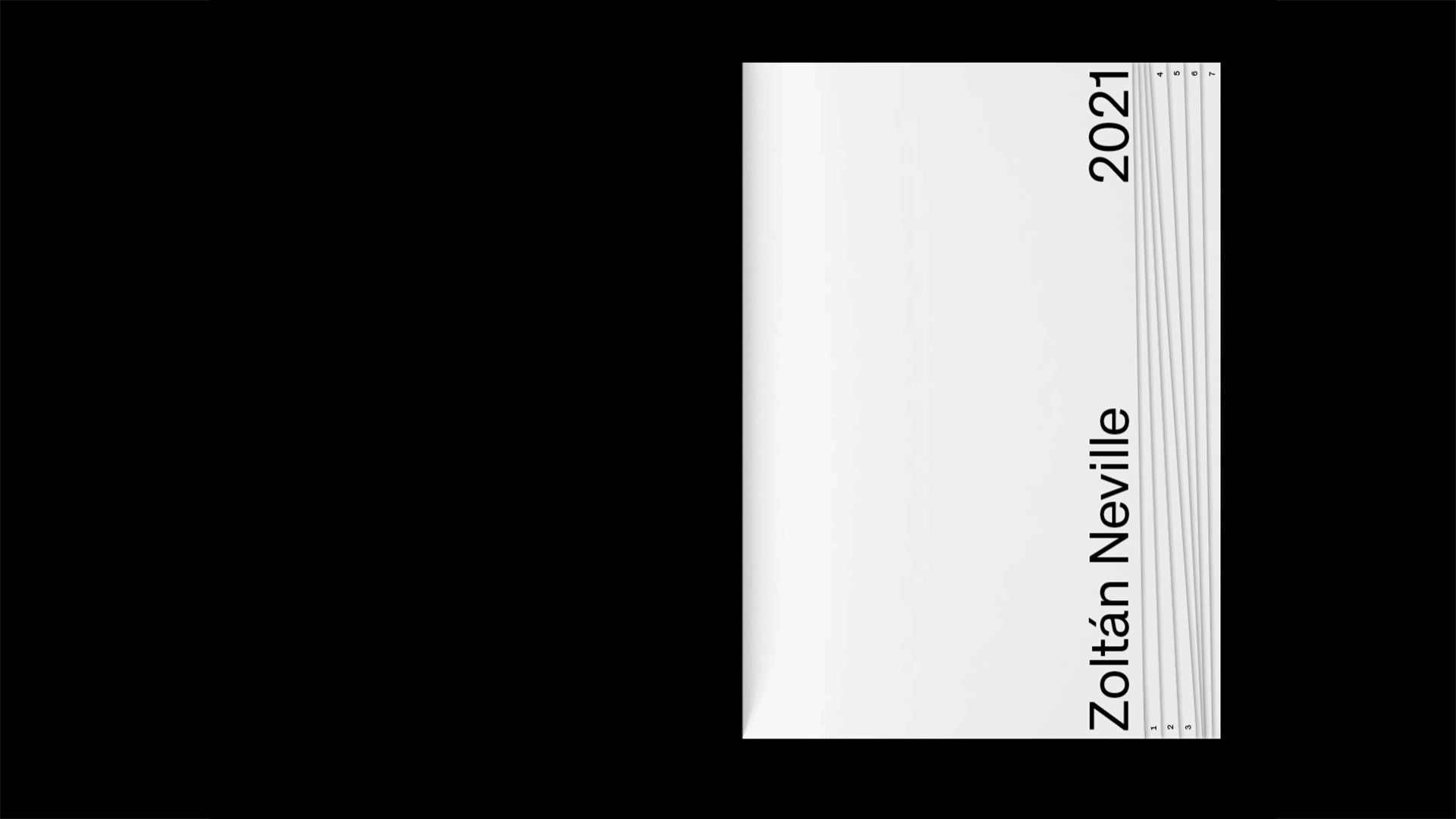
Have you always wanted to become an architect? How did you picture yourself when you were a small child? Did you ever think that you would have a chance to work on such huge projects around the globe?
I have always been interested in urban environments and comparing our experiences in different cities. I never expected to work on such projects around the world, but it is not surprising to me — it feels natural. When I first began applying to universities, I was interested in studying urban planning, but after doing some research I realized that architecture was a degree that gave more opportunities, and so I pursued this openly to see where it would lead.
Although most of my projects are individual buildings, I am still most interested in their interface with larger territories, whether it’s urban or rural. Just like citizens, we are all affected by the choice of how we design the physical environment, so it is a great opportunity to make a positive impact on the world.
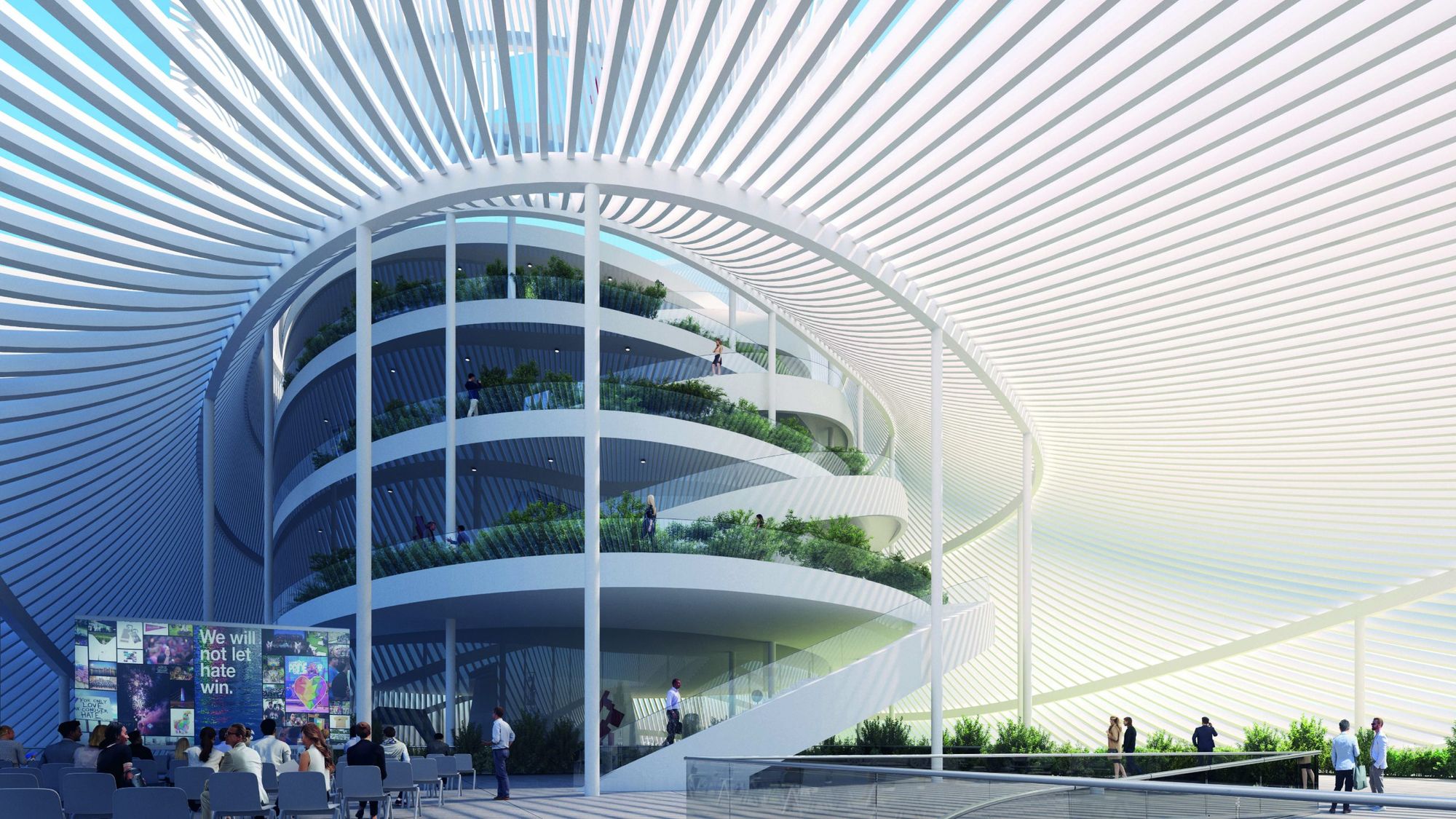
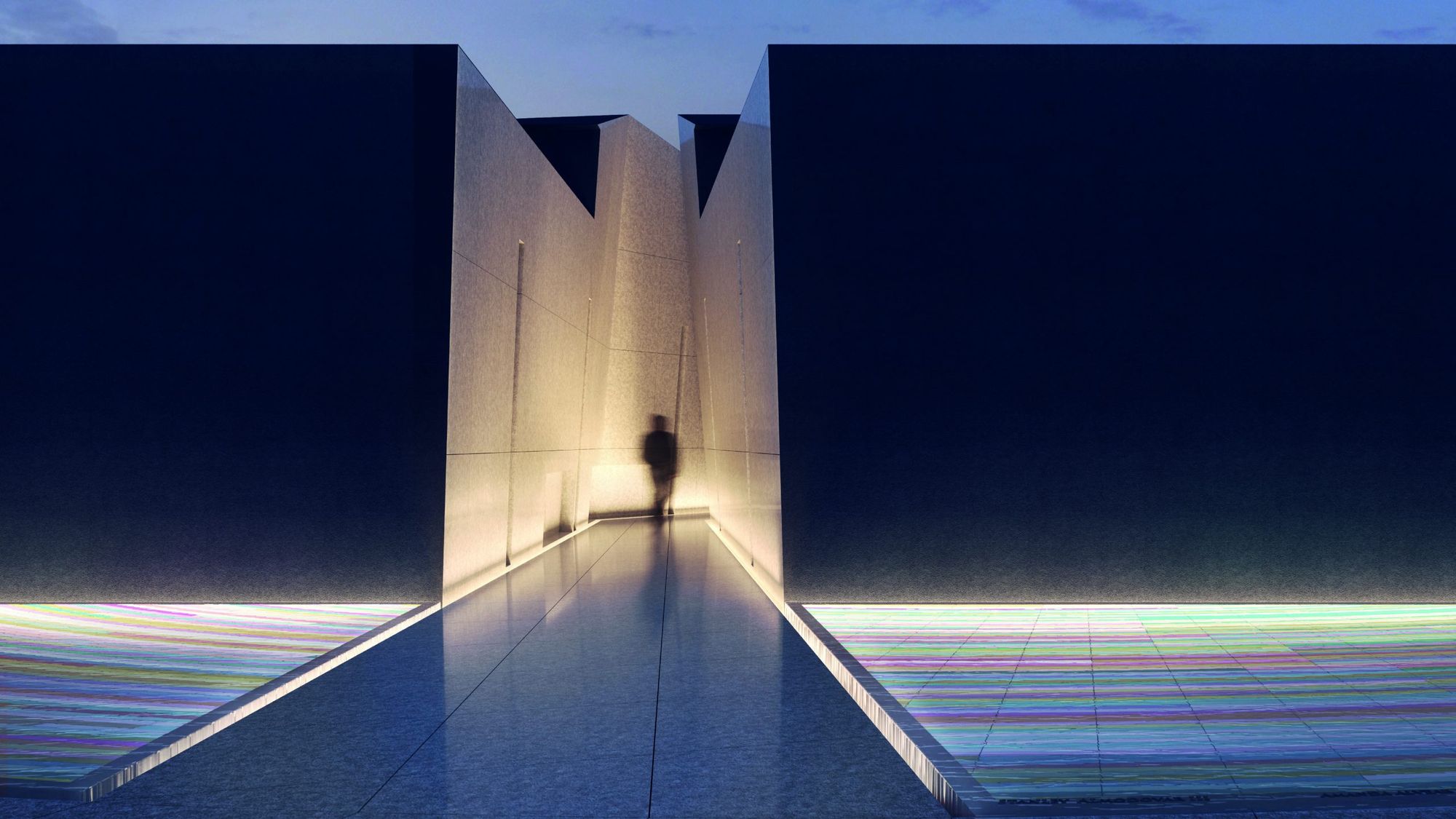
You are the Director of Design & International Development at Coldefy architecture studio which is not mainly a classical architecture studio at all. They are upholders of the “sensitive architecture.” What does it mean in practice?
I have been lucky in the last ten years to significantly grow Coldefy’s international portfolio and activity, including opening our first office in China, and succeeding in getting our first projects in the United States and in Central Africa.
In our office we practice contemporary architecture, across different scales. We are not interested in creating generic architecture – rather we believe that all our projects should be sensitive: to their context, to their neighbors, to their users, to societies’ future needs, etc. The common factor across all projects is that they are used by people, which is something we can all relate to; our human experience is what connects us.

USC School of Architecture in Los Angeles, ENSAP Lille and ENSA Paris-Malaquais—institutes where you were studying. And then you were working on several international projects from the USA to China. Are there any differences or typical (local) trends in architecture projects in Europe or in the USA now, what do you think?
I have worked in California and France, and spent three years living and working in Shanghai to open our studio there once we won the competition for the Bao’an Public Art Center. Of course, there are always cultural, language, and professional differences, as well as taste and expectations.
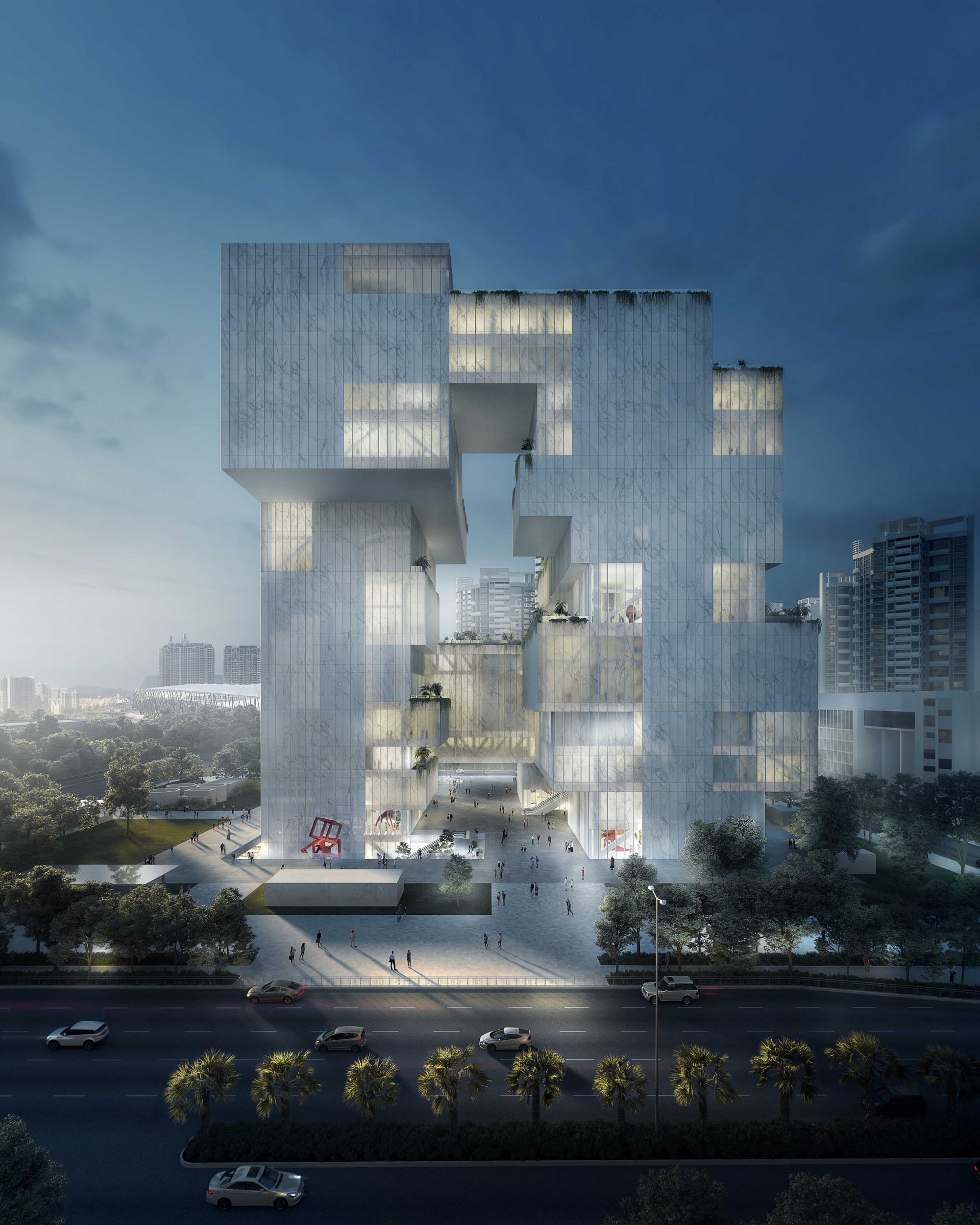
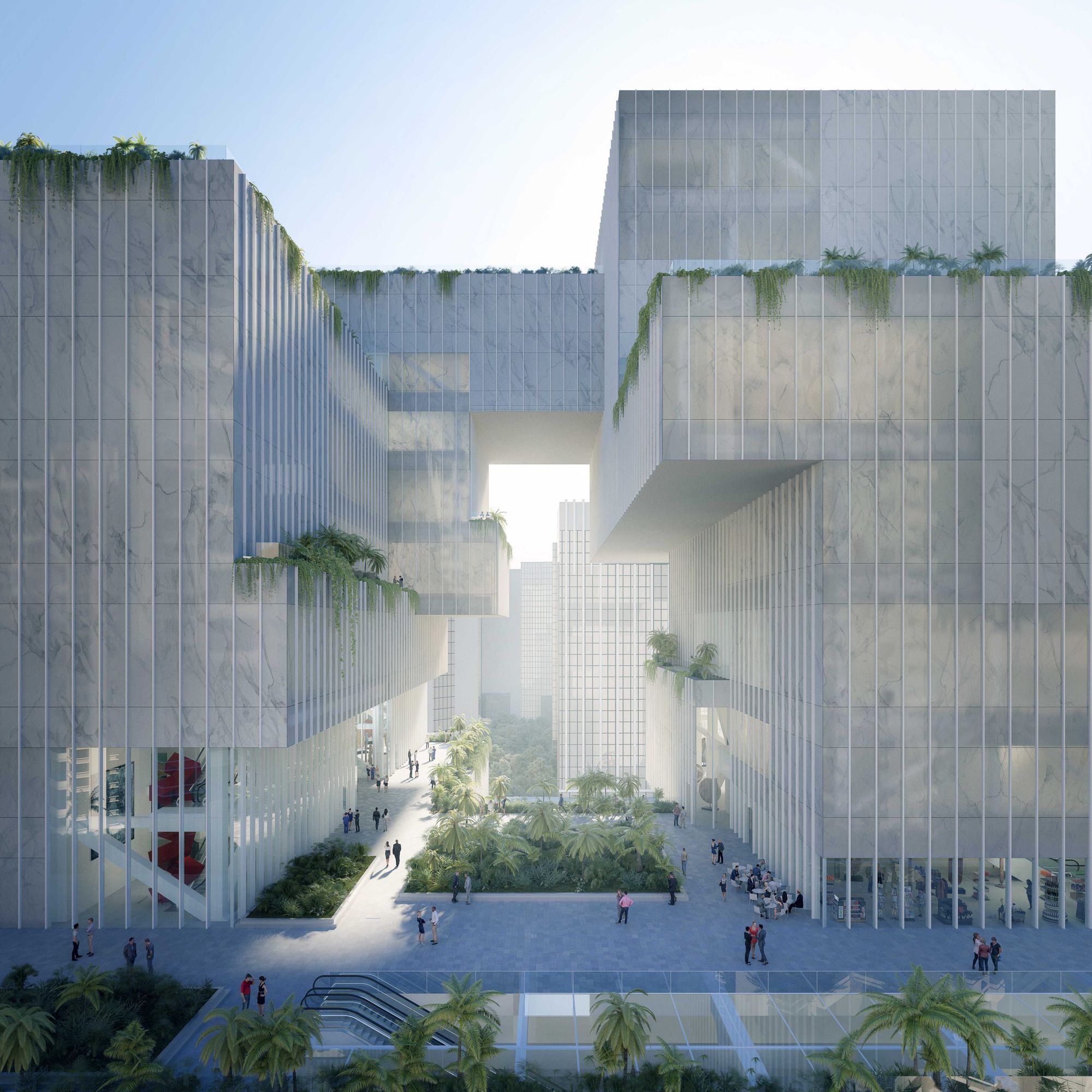
It is difficult to summarize the differences so succinctly, but in my experience, Europe remains a leader in creative thinking, particularly regarding sustainable buildings and cities. There is a general sensitivity to context in Europe, as much of the continent has long-lasting historical urban sites, and aesthetic coherence is an important factor. I feel there is a turning point coming soon for European Architects to remain creative leaders in the profession, as this past generation has seen an immense rise in quality and determination of young architects on other continents.
On the other hand, in North America, I feel there is less importance placed on aesthetic creativity and artistic signature, and rather more of an explanatory and democratic approach towards design. There is also a growing effort to ensure that new projects are socially conscious and inclusive. I am very interested in taking all the positive attributes of all the places I experience, to engage and integrate them in my methods and thinking.
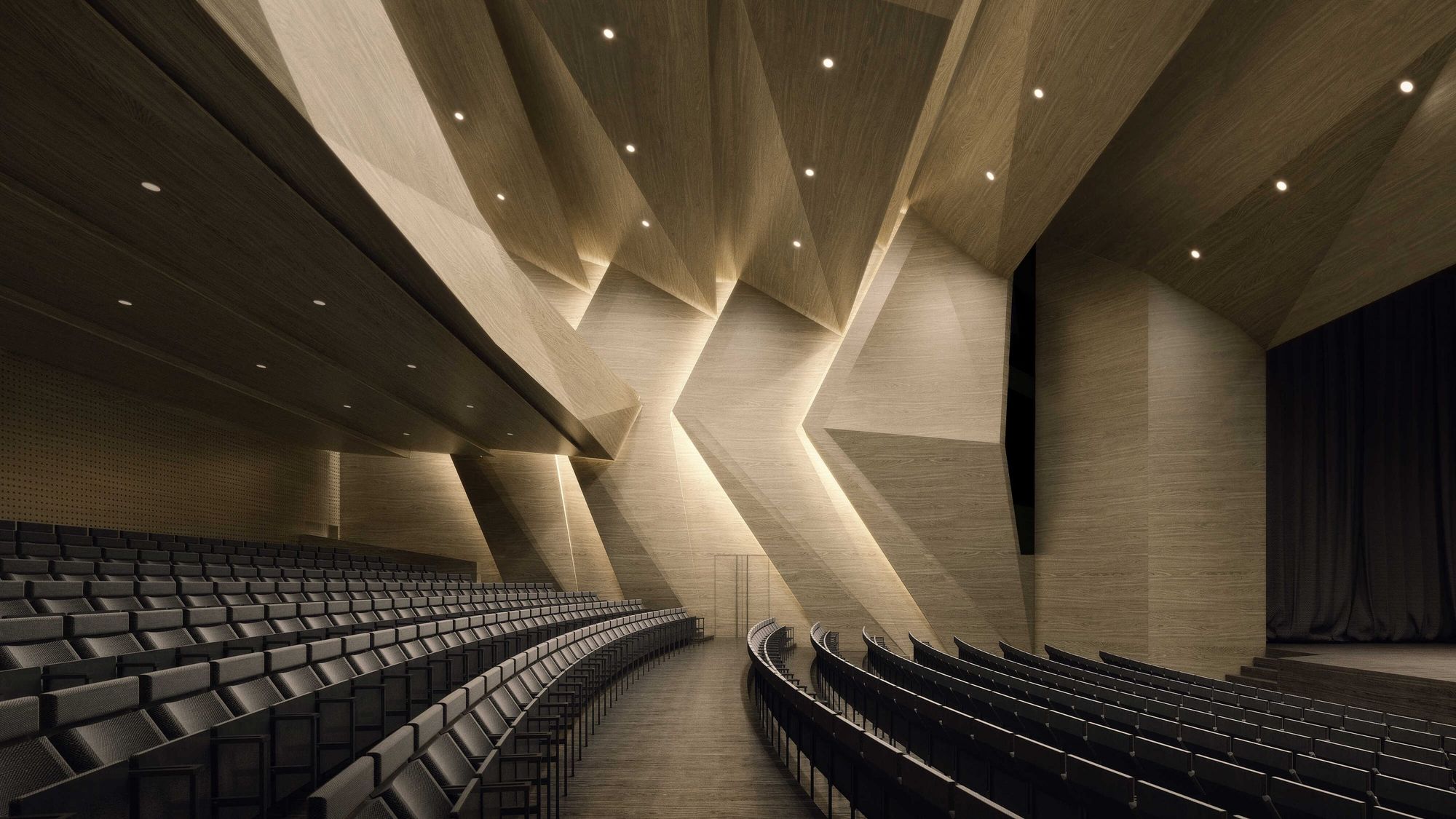
Your official website is also very fascinating and innovative—it was designed by DE_FORM design agency. Can you please tell us a little bit about the collaboration?
I love to collaborate with creative people in different fields, and it was very inspiring to work with DE_FORM, both on my website and branding, and other projects as well. We can brainstorm around different ideas from our respective points of view, and Nóra and Enikő and their team always come up with a clever, beautiful, and unexpected solution.
As an architect I work much more with static elements and three-dimensional spaces, and their comfort with various visual mediums really allows us to push ideas to other dimensions. So, we have expanded this collaboration across several projects already, for example an exhibition currently open at the Venice Architecture Biennale titled “Tropicalia.”
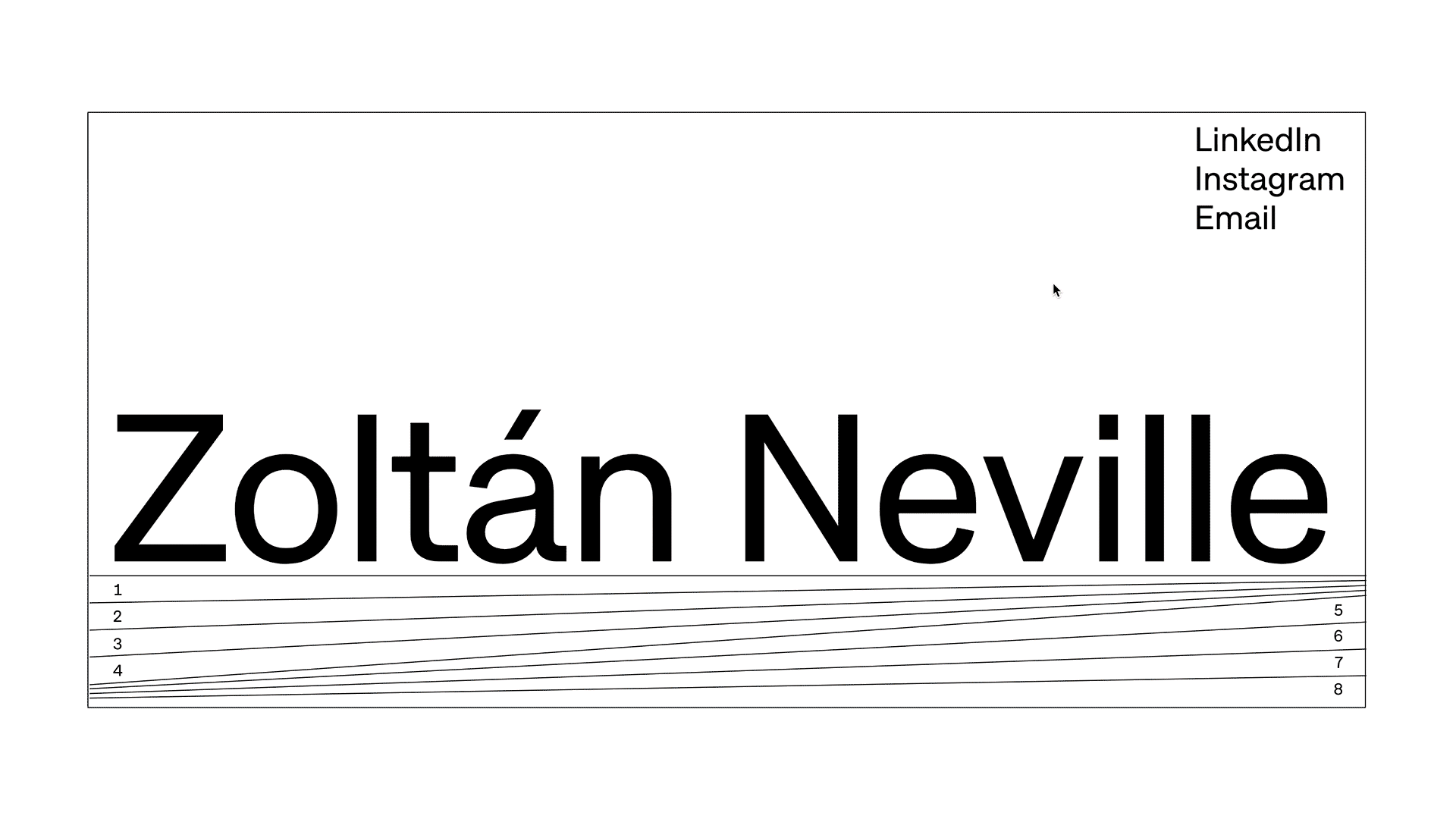
You are indeed working in Budapest now. Another inspiring project?
I have relocated to Budapest at the end of 2020, and with the new familiarity of remote work, I am currently able to manage projects around the world using Budapest as a home base. I also am excited to develop new relationships and projects in Hungary and Central Europe, as well as contribute to the design and education scene. The level of talent in Hungary particularly high, yet I feel that the exposure and recognition on an international level is lacking. I hope that I can contribute to the visibility of Hungarian design somehow.
Currently I am working on two very different projects here: one is for a small-scale design object, meanwhile the other is for an urban scale design for a green-district. I hope this activity can continue to grow and to be involved in designing the future of this city.

Zoltán Neville | Web | Instagram
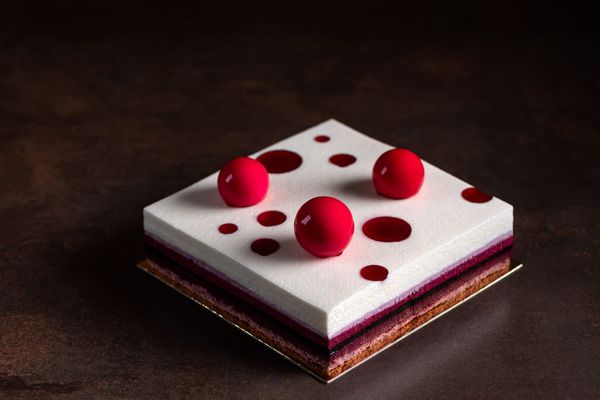
Dessert, that gets you to the Moon | Borkonyha Desszert Műhely

The style of the 60s and 70s and a contemporary twist










